Gimme five mobility series by Steve Maxwell
$29.00 $15.00
Product Include:
File size:
Gimme five mobility series by Steve Maxwell
**More information:
Get Gimme five mobility series by Steve Maxwell at Salaedu.com
Description
Each segment addresses a different aspect of mobility, comprising a useful mini-workout on its own. It’s also possible to combine any segment with another, or all eight segments together for a holistic mobility-training program.
Steve has studied systems worldwide, then taken the best he’s learned and put them into powerful beneficial sequences. Each 5-minute routine is a condensed version sequence of the best movements Steve knows.
Steve Maxwell’s Gimme-Five mobility series is for the seriously time-crunched person whose circumstances limit their training plans. This could be due to a heavy work load, travel, social pressure, or even physical space.
You can expect to experience increased energy, clarity, freedom of movement, optimism, and the confidence that comes with body self-reliance.
The movements in Segment 5, a demonstration of the ancient 5-Rites of Tibetan yoga, have been around for millennia, but Steve considers this one of the most potent, practical routines known to him.
Steve Maxwell’s Gimme-Five mobility series is divided into eight 5-minute segments as follows:
SEGMENT ONE: SELF-MASSAGE
There are several forms of self-massage demonstrated:
- shaking
- vibration
- Systema running
The biggest enemy of mobility is tension within muscles. If you want to get mobile, it’s important to learn how to rid the body of excess tension.
SEGMENT TWO: STANDING MOBILITY
Most people don’t have the time to fool around. Steve shows you how, in 5-minutes, you can get a respectable mobility workout.
A 5-minute standing series you can use as a mild workout of its own, a brief warm-up before other activities, or as beneficial movements between rounds of other, primary exercises. Releasing movements specific for tension in the neck and upper back.
SEGMENT THREE: VESTIBULAR RESET
The best of the vestibular resets. A great way to take a mid-day break, sure to stimulate the brain in a positive way, and keep the essential movement patterns intact.
Can be done anytime, anyplace, anywhere.
SEGMENT FOUR: SPINAL ROCKING SERIES
Steve’s all-time favorite mobility drills. If you have a stiff neck and an aching spine, this is a wonderful way to loosen up.
Not just good for the back, but tones the core structure as well. Steve proves that you don’t need a lot of time to get in a great mobility drill — just a few minutes will do.
SEGMENT FIVE: 5-RITES OF TIBETAN YOGA
An ancient form of health therapy.
Steve demonstrates how you can get the fountain of youth benefits of these dynamic mobilizations in just 5-minutes a day.
Not a tutorial on the Tibetan 5-rites, but a useful daily compendium Steve shares to help you start each day with vigor.
SEGMENT SIX: BREATH RELEASE
Body tension is the biggest obstacle to mobilizing the joints.
Steve shows a wonderful, breath/tension/relaxation sequence that will make you feel like a million bucks. Can be done at home or office. A great way to rid the body of accumulated tension.
SEGMENT SEVEN: BACKS, HIPS & HAMSTRINGS
One of Steve’s most common requests is for hip mobility solutions. Steve shows a quick 5-minute sequence which is sure to keep the hips fluid and in-motion. If you only have time or money for one, this is it.
SEGMENT EIGHT: 5-MINUTE SHOULDER DRILL
In this 5-minute section, Steve shows some of his favorite shoulder drills. Sure to keep the shoulders lubricated, loosened up, and pain-free.
WHO IS GIMME-FIVE FOR?
- Anyone time-crunched or simply looking for a little change-up in the morning routine
- Anyone looking for a brief warm-up, cool-down, or just a short break at the office. You can bust out one of these mini-routines anywhere, anytime, anyplace
- Athletes, non-athletes alike
- The injured, the timid, the fit and healthy
- The elderly, the mobility-challenged, the weakly flexible
WHO IS IT NOT FOR?
- People looking for lengthy, time-consuming routines (although Steve has ideas for you, too)
- Miscreants
Health and Medical course
More information about Medical:
Medicine is the science and practice of establishing the diagnosis, prognosis, treatment, and prevention of disease.
Medicine encompasses a variety of health care practices evolved to maintain and restore health by the prevention and treatment of illness.
Contemporary medicine applies biomedical sciences, biomedical research, genetics, and medical technology to diagnose, treat, and prevent injury and disease,
typically through pharmaceuticals or surgery, but also through therapies as diverse as psychotherapy, external splints and traction, medical devices, biologics, and ionizing radiation, amongst others.
Medicine has been around for thousands of years, during most of which it was an art (an area of skill and knowledge) frequently having connections to the religious and
philosophical beliefs of local culture. For example, a medicine man would apply herbs and say prayers for healing, or an ancient philosopher and physician would apply bloodletting according to the theories of humorism.
In recent centuries, since the advent of modern science, most medicine has become a combination of art and science (bth basic and applied, under the umbrella of medical science).
While stitching technique for sutures is an art learned through practice, the knowledge of what happens at the cellular and molecular level in the tissues being stitched arises through science.
1 review for Gimme five mobility series by Steve Maxwell
Add a review Cancel reply
Related products
Health – Fitness – Medical
Health – Fitness – Medical
Dr. Stephen E. West – The Golden 7 Plus Two (The Art of Lymphasizing)
Health – Fitness – Medical
Health – Fitness – Medical
Health – Fitness – Medical
Health – Fitness – Medical
Health – Fitness – Medical

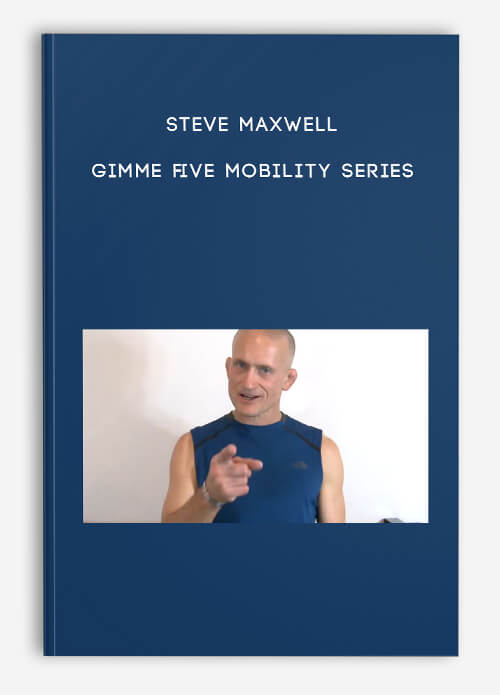
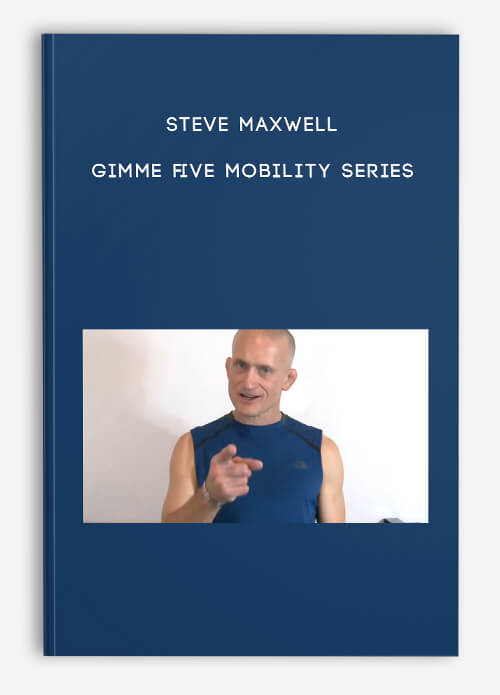
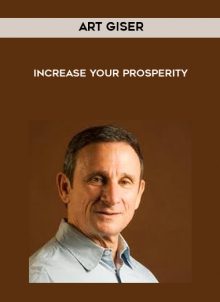
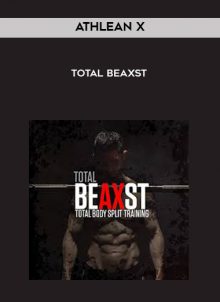
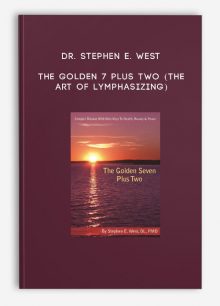
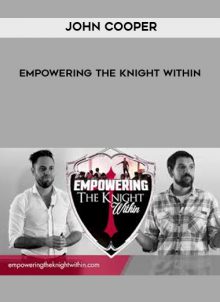
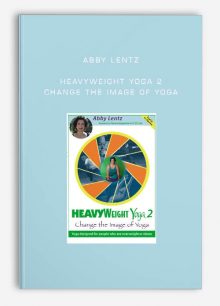
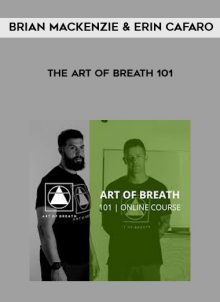
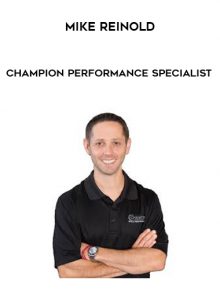
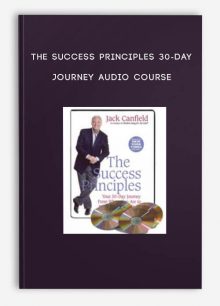
king –
We encourage you to check Content Proof carefully before paying.“Excepted” these contents: “Online coaching, Software, Facebook group, Skype and Email support from Author.”If you have enough money and feel good. We encourage you to buy this product from the original Author to get full other “Excepted” contents from them.Thank you!